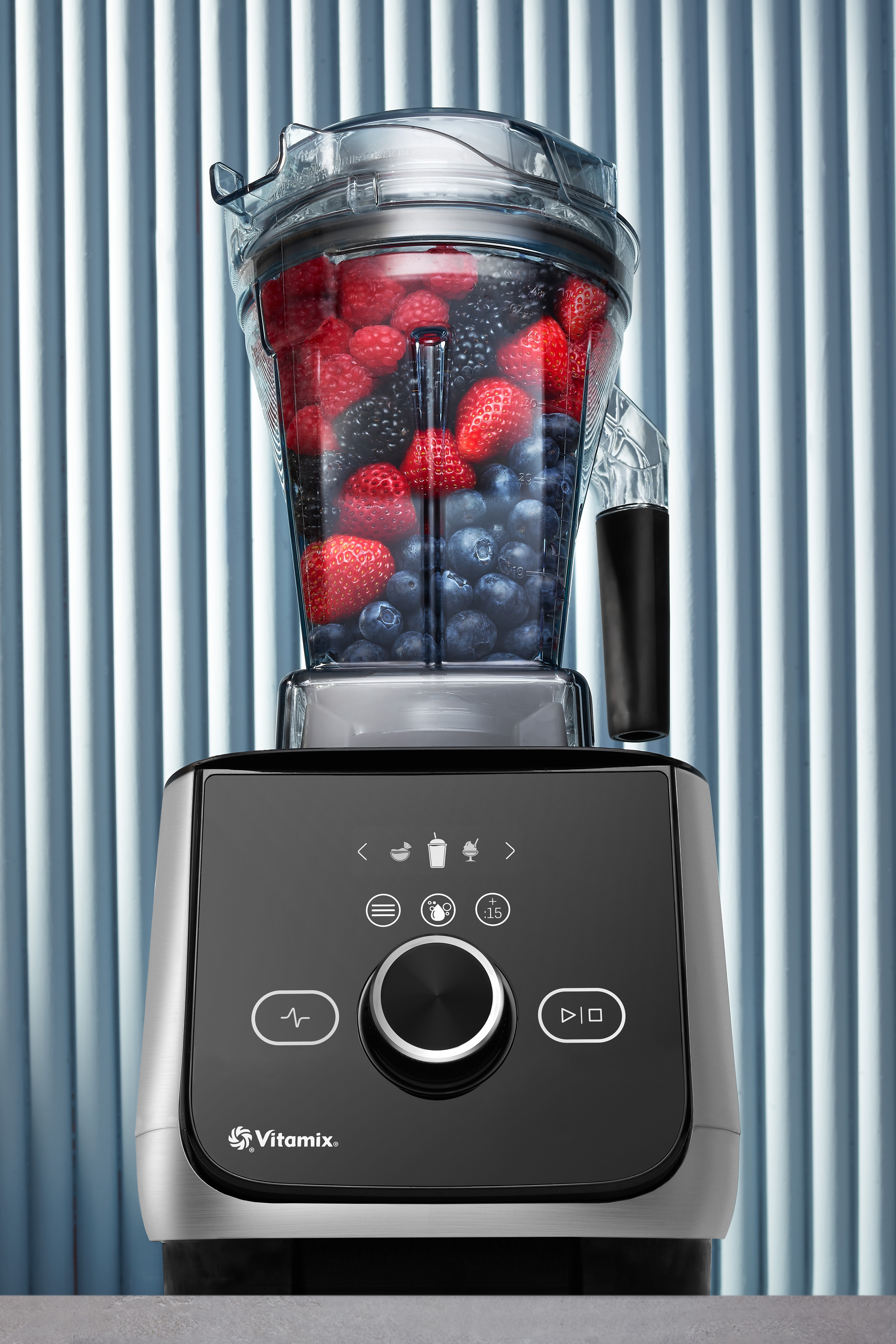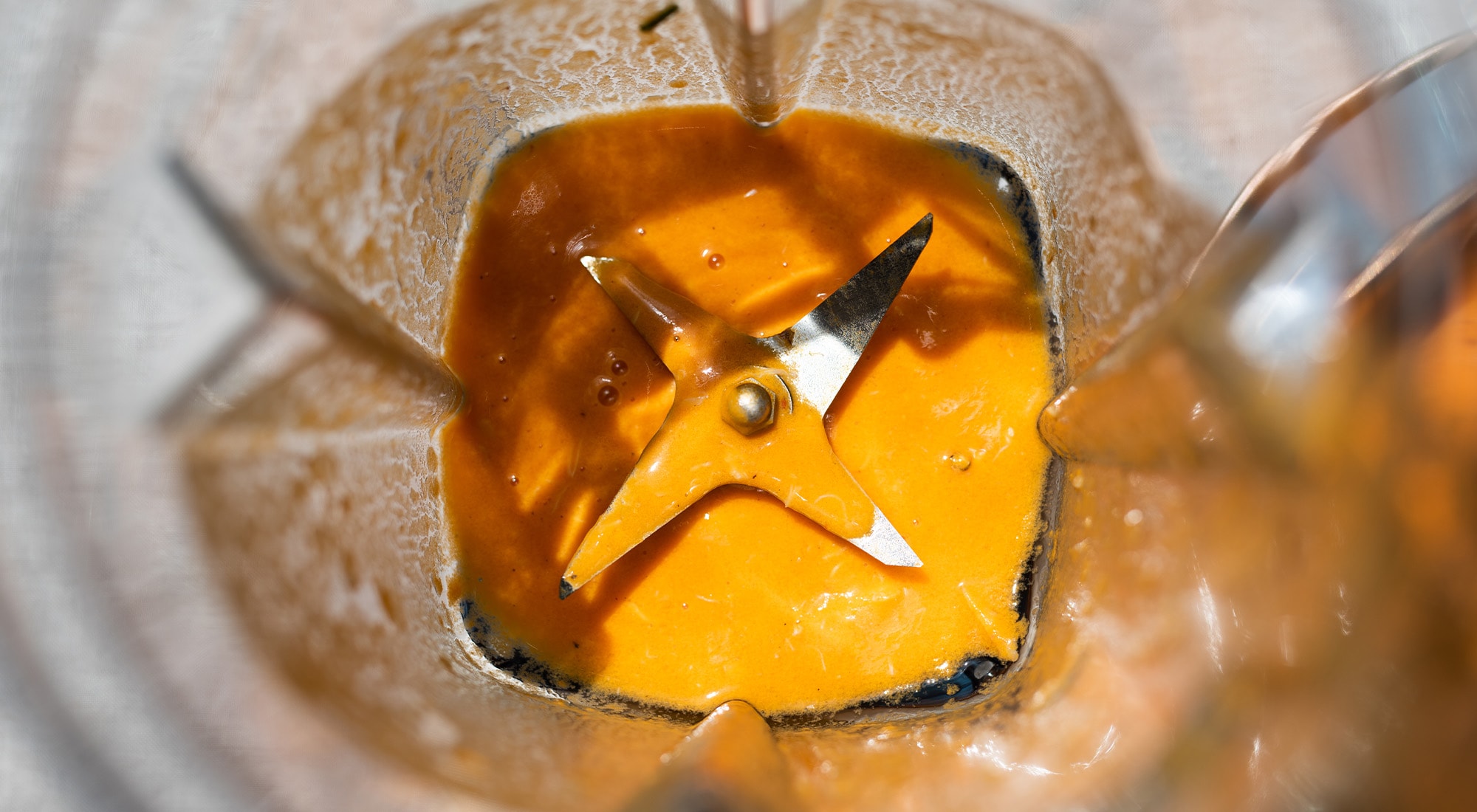By coming up with inventive new ways to reduce the amount of perfectly edible food we throw away every week, it’s easy to start tackling the growing problem of food waste.
While the biggest change you can make to reduce food waste is to plan meals meticulously and never buy more than you need, having a Vitamix® blender in the kitchen means you can give old ingredients a new lease on life. Take a look at our five tips below and get on your way to becoming a waste-free cook.
1. Think About What You’re Throwing Away
As you’re clearing out the fridge, throwing out old food to make way for this week’s meals, take a minute to think about what you could do with the ingredients on their way out. Those overripe bananas can be puréed and frozen for desserts. Those stale slices of bread can be pulsed into breadcrumbs. Almost any overripe vegetables can be blended into a soup and frozen for a rainy day. Having the right mindset is the first step to reducing food waste—just think about what you’re wasting and you can usually find another use for it.
2. Make Stocks & Broth
Peels, cores, leftover odds and ends—you’re often left with a pile of them after prepping vegetables. But don’t just toss them in the trash; these scraps hold the key to fantastic, flavorful vegetable stocks. Throw them in a big pan of water and leave it to slowly simmer for a few hours with your favorite seasonings, then strain the liquid and store in the fridge or freezer. If you’re only prepping a few vegetables, save up your skins and peels in the freezer until you have enough to make a big batch.
3. Transform Greens into Dips
Leafy greens always seem to start wilting in the fridge before we get a chance to finish using them. When your spinach starts to droop, your lettuce leaves get a bit brown around the edges, and your kale starts to wither, don’t throw them away—instead, whip them up into dips and green spreads, which can be frozen until you need them. Add spices and herbs for extra flavor.
4. Use Old Herbs to Flavor Oils
Along with salad leaves, fresh herbs are one of the most common items we throw away because they’ve gone bad before we’ve had time to use them. Soft herbs such as parsley, coriander, and mint can be chopped and frozen into ice cube trays to be added to stews and casseroles when you need them, but with woodier herbs such as thyme and rosemary, add the blended-up sprigs to a bottle of oil. Over time you’ll create a flavorful, herb-infused oil that can be used to give dishes a professional finish.
5. Get Preserving
Preserving is enjoying a surge in popularity as home cooks realize they can make jams, pickles, and more in their own kitchen—and there’s no better way to use up overripe fruit and leftover vegetables. Blend overripe oranges to make marmalade, shred cabbage for sauerkraut, finely chop vegetables for relishes; there’s a whole world of preserving to explore.



